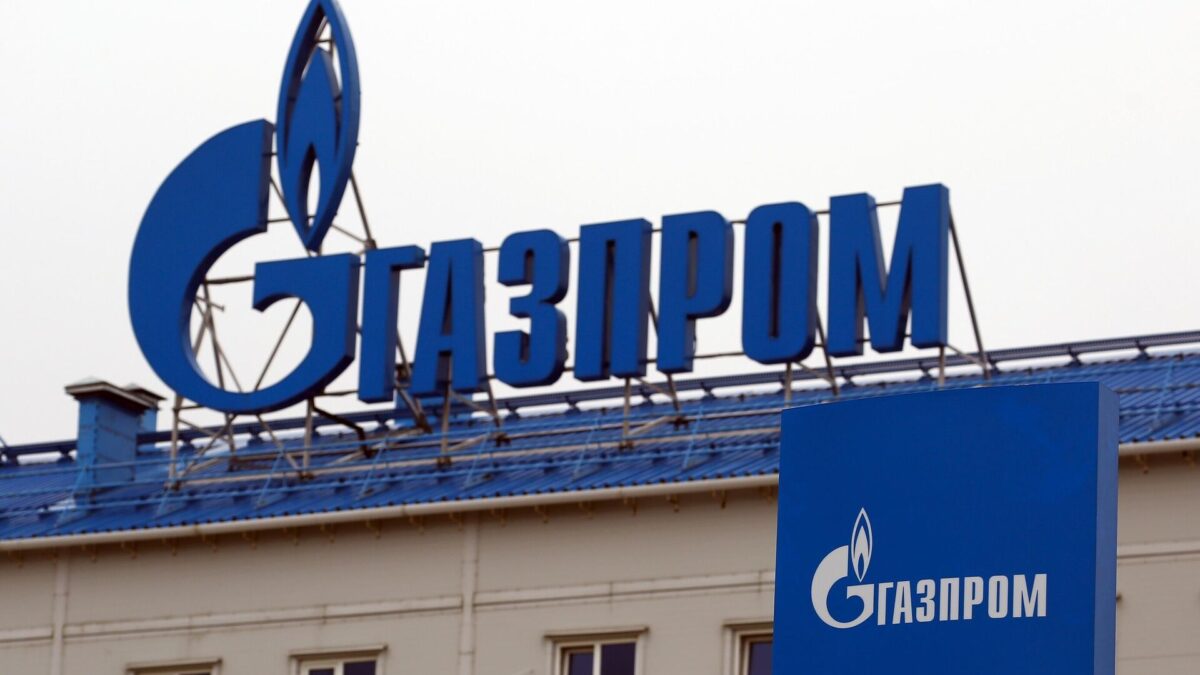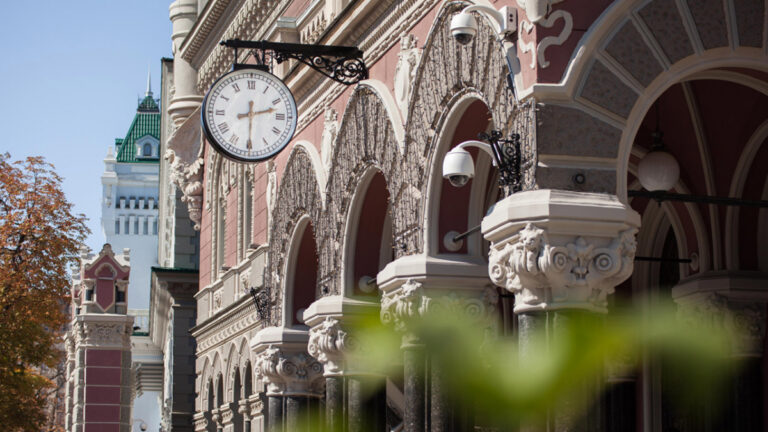
Gazprom’s crisis deepens: unsold gas, record losses, and a failed pivot to China
In 2024, Russia’s state-owned gas giant Gazprom extracted over 416 billion cubic meters of natural gas. But it managed to sell only 355 billion. Around 61 billion cubic meters remained unsold, unexported, and unused. That’s nearly as much gas as Russia used to export annually to Germany before 2022. The surplus is now stored in underground facilities with little chance of turning into profit. For a company that for decades symbolized Russia’s energy power, this is more than just a technical imbalance. It’s a symptom of a systemic crisis shaped by war, sanctions, diplomatic isolation, and a failed pivot to Asia.
Losses of historic scale
In 2023, Gazprom posted a net loss of ₽629 billion rubles the largest in more than two decades. The main reason: a dramatic drop in export revenue. According to Reuters and Bloomberg, Gazprom’s export volumes to the EU have fallen to mid-1980s levels. In other words, the company has lost its most profitable market one that for years supported the Russian budget and underpinned Moscow’s political influence in Europe. For context: in 2021, Russia exported around 155 billion cubic meters of gas to the EU. By 2023, that figure dropped to less than 40 billion a decline of more than 70%.
Sanctions were only the trigger
Western sanctions imposed after Russia’s full-scale invasion of Ukraine including the halt of the Nord Stream pipeline and import bans hit Gazprom hard. But just as crucial was the strategic shift in EU energy policy.
- LNG supplies from the US, Qatar, and Norway replaced Russian pipeline gas
- Infrastructure adapted: new LNG terminals, expanded storage, long-term non-Russian contracts
- The EU has committed to phasing out fossil gas entirely by 2040
In other words, even if sanctions were lifted, there would be no return to the old market conditions for Russia.
China: the contract that never came
After losing the European market, the Kremlin pivoted east. The main bet: China. In 2019, the “Power of Siberia” pipeline began operations, supplying up to 25 billion cubic meters annually. That’s a fraction of what used to flow to Germany alone before 2022. The next big project, Power of Siberia 2, was intended to connect Western Siberian gas fields (previously serving Europe) to China via Mongolia. But as of mid-2025, no supply contract has been signed.
Bloomberg, May 2024:
“China is in no hurry to sign a new gas deal. Reasons include cheap LNG availability, strategic caution, and concerns over secondary sanctions.”
China also pays less than Europe ever did. Analysts estimate the average price under Power of Siberia is around $270–290 per 1,000 cubic meters, while European prices exceeded $500 in 2021. Given higher transport costs, the deal is barely profitable and Beijing is in no rush.
Turkey, Iran, and others: no real alternatives
The South was another potential market. Turkey is a large gas importer but competition is growing:
- Turkey is cutting its dependence on Russia, diversifying toward Azerbaijani and LNG supplies
- Ankara wants to be a gas hub, not just a client and prefers to set its own terms
Iran, meanwhile, is a non-starter. It’s a net gas exporter with a domestic surplus, lower prices, limited infrastructure, and political constraints. It competes with Russia more than it cooperates.
Digital Healthcare in Ukraine: How eHealth Is Transforming the System During Wartime
Humanitarian Demining in Ukraine: Why Technology Does Not Replace the Deminer
Lucid Dreaming: How Science Discovered a Third State of Brain Activity
Road Funding in Ukraine in 2026: Budget Cuts, Debt, and Infrastructure Risks
Internal cost-cutting, not growth
With falling revenues, Gazprom is cutting spending. In 2025, the company plans to lay off over 1,600 central administrative employees one of its biggest staff reductions in years. Meanwhile, the Russian government has approved gas tariff increases for households to offset export losses.
Ukraine transit: another looming loss
The last remaining route for Russian gas exports to Europe is via Ukraine. But the existing transit agreement expires on December 31, 2024 and Ukraine has officially announced it will not renew the contract.
Naftogaz of Ukraine, April 2024:
“From January 1, 2025, there will be no Russian gas transit through Ukraine. Period.”
This could mean an additional loss of $6–6.5 billion per year for Gazprom unless new routes emerge, which is unlikely.
Gas with no market
As a result, over 60 billion cubic meters of surplus gas are being stored much of it in facilities that are technically or economically difficult to unload. Instead of being an asset, this gas is turning into a liability. Gazprom still brands itself as a “national treasure.” But it’s a treasure that no longer generates income. The company is becoming a subsidized burden no longer driving the Kremlin’s agenda, but reflecting its failures: isolation, diminished trust, and unrealistic partnerships.
Gazprom’s crisis is not only about sanctions. It’s the collapse of an outdated model one built on dependency on a single market, a single direction, and a false assumption: that Europe had no alternative. Europe does have alternatives now. Gazprom does not. There’s gas but no market. Infrastructure but no contracts. A political strategy but no results. And the time that could have been used to pivot meaningfully has already been lost. As of 2025, Gazprom is no longer “Russia’s energy shield.” It’s a symbol of how quickly an energy empire can collapse and how strategic miscalculations can turn a national asset into a long-term burden.















